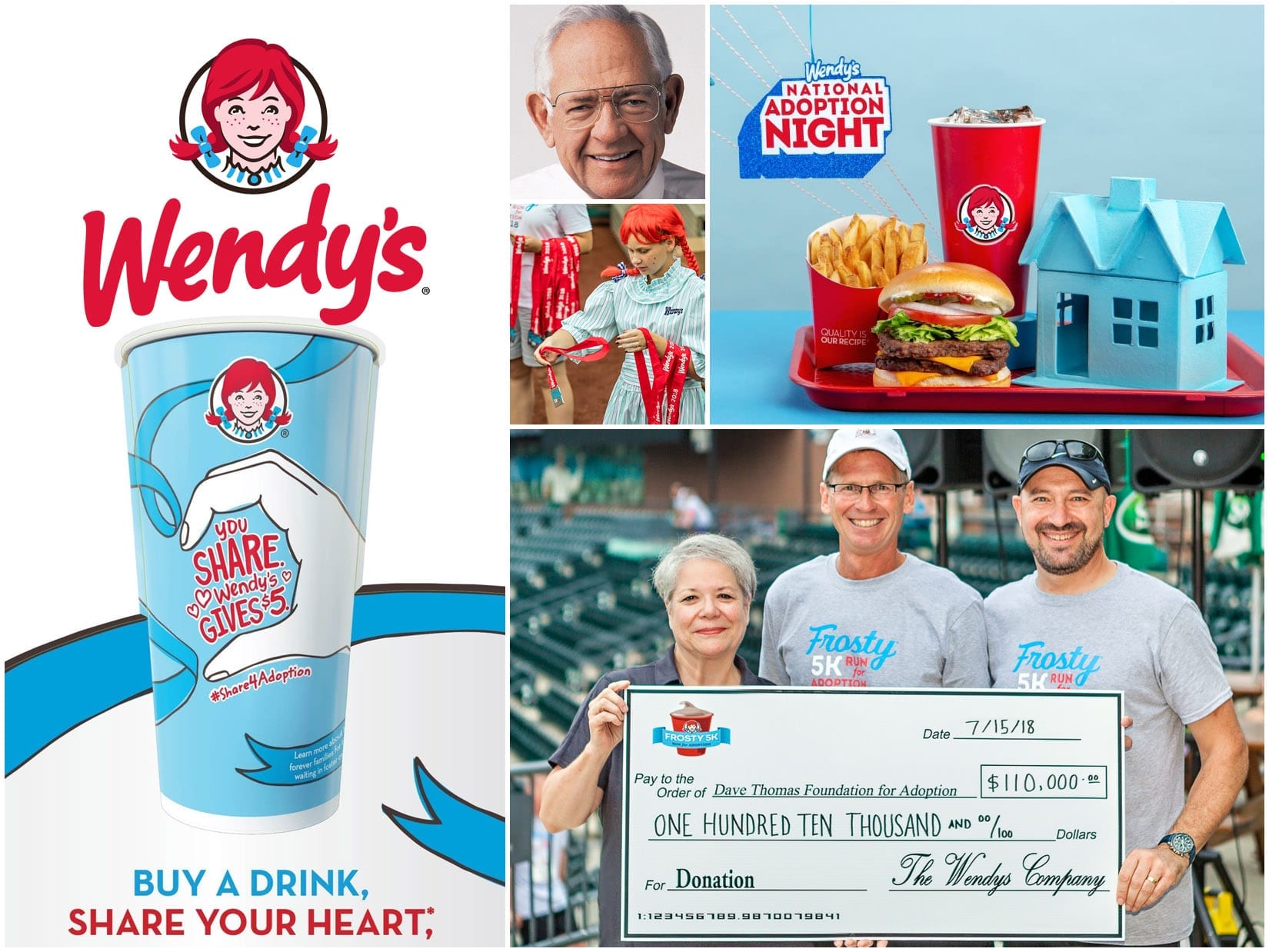Why do we buy what we buy? What is the internal driving force that makes us want to take a trip to our favorite store in the middle of the day? Why do we decide to buy a specific brand of granola bars or a certain kind of razors?
Companies spend billions of dollars annually to gather information from search engines, pay-per-click ads, cookies, and other methods in order to obtain consumer behavior data. Once companies collect this information, they are able to create relatable content that can potentially appeal to you on an emotional or lifestyle level. Due to the actions and decisions that you (and people like you) make daily, companies can gain a deep understanding of your consumer behavior.
This insight is not intended to manipulate consumers into spending their money. Companies monitor your behavior because they want to create experiences that specifically cater to you. By implementing Brand To Human marketing strategies, companies are proving more and more that consumers’ voices and interests do matter.
In this article, we’ll go in depth as to how and why brands go to great lengths to learn about consumer behavior in order to create the ultimate shopping experience.
What Is Consumer Buyer Behavior?
Consumer buyer behavior is the decision process consumers go through when buying and using products. Consumers goes through a six-step consumer buying process: problem recognition, information search, evaluation of alternatives, purchase decision, purchase, and post-purchase evaluation.
Problem recognition can occur when you feel your stomach growl. To solve your hunger problem, you might reach for your phone to do an information search. This is when you might go through your list of desirable food options which could range from Italian to American to Chinese.
Then you might evaluate the alternatives to help you decide which restaurant to visit. Let’s say you decide you want pasta and there are multiple Italian restaurants nearby. You decide the best-tasting choice is the restaurant that makes their pasta from scratch. This decision would become the purchase decision which would then lead to the final purchase of the fresh pasta.
Companies are able to retain this data from sources like your cellphone and other devices. Brands are interested in learning what helped you determine one restaurant over the other and pushed you to make your final purchase decision. Companies want to understand your journey, buying habits, and the choices you make in order to earn your business.
The Science Behind Consumer Buyer Behavior
A consumer can be driven to purchase a product depending on its value. Phil Barden, the author of “Decoded: The Science Behind Why We Buy,” discusses how consumers view products through a value-oriented formula:
Value perception = reward – pain
In a recent scientific study using neuroimaging, participants were shown chocolate bars to evaluate how they felt about the product. The study revealed that the participants’ reward centers lit up when they saw the chocolate bars since it was desirable which added value to the product.
However, the pain centers lit up when the prices of the product were shown. The pain centers are similar to what we experience when feeling physical or social pain.
Either consciously or subconsciously, consumers desire products with high value that can achieve desired outcomes given a certain context. Barden calls this desired outcome the “job to be done” or JTBD.
This makes sense. Consumers want products that can get the job done, and these products can range from a nice pair of durable shoes to an easy-to-use computer to a comfortable pair of pants.
When it comes to marketing, not only do we have to make sure our products can get the job done, we need to ensure that they stand out from the rest of similar products. One way marketers accomplish this is by influencing consumer buyer decisions.
How Marketers Can Influence Consumer Buying Decisions
Here’s the thing; any business can produce a product that can get the job done. However, when a consumer has to evaluate their options, they are going to go with the product with the highest value based on their needs and perspective.
Consumers make their decisions depending on how they perceive products. Product perception can be determined by several factors: the product’s function, features and characteristics, and psychological aspects (how it addresses purpose, self-identity, and emotional/social outcomes).
Many retailers are finding it difficult to compete with Amazon because of their affordable prices and the ease of at-home shopping experiences. Approximately 58 percent of U.S. consumers noted they’ve left a retailer’s site for Amazon after having a poor experience. 53 percent felt Amazon had the best site experience overall.
Amazon is an easy-to-use online retailer where you can find nearly anything for an affordable price. The company was able to recognize the problem consumers were having with awful online shopping experiences, so Amazon created a site that would efficiently solve these issues. Consumers see the company as a time-saver that makes their lives easier. Amazon’s easily accessible system helped the company gain a massive brand following that led the brand to make 10.1 billion dollars in net profit in 2018.
“The Unconscious Consumer: Effects of Environment on Consumer Behavior,” an article from the Journal of Psychology, discusses how our environment can play a big part in impulse buying. There are certain words that can trigger stimuli to create automated responses. For example, when you see the words “today only,” you are more likely to buy the product because of the sense of scarcity or urgency. Marketers are aware of this and use this tactic often.
One main focus point for marketers can be identifying a problem to help drive a consumer to purchase their product. Let’s say winter is around the corner and you’re sitting on your couch watching TV. Then an advertisement from JCPenney comes on and says, “Winter is around the corner! Make sure to come shop our new winter collection so you can be prepared for the chilly times ahead!” Before this ad, you weren’t even aware that you needed a coat. Now that it’s been brought to your attention, you’re thinking about how you need new winter clothes to prepare for the upcoming cold weather.
Marketers also have the ability to influence consumer perception of the brand through tangible touchpoints like packaging, design, color, quality, and pricing. Starbucks relies on their green color scheme to send an eco-friendly message. Red is a popular color for fast food chains because it creates a sense of urgency and can increase your appetite.
People associate Apple as a luxury brand because of the way the company reinforces their brand identity. Consumers know that Apple strives for high quality led by innovation which raises their perceived value of the brand.
Apple is not only known for its functionally superior products, but also is known for a streamline design style that is infused into every aspect of the brand. This style is infused in their online and offline channels and even in the stores’ interior design. The brand provides easy-to-use, beautiful user interfaces and an intuitive operating system with a focus in being a forward-thinking company. This is why consumers are willing to spend top-dollar for Apple products.
While most companies have great products, they might take the wrong marketing approach. This is why it can be beneficial for companies to partner with marketing agencies. This partnership will help brands understand how to connect to the consumer and their buying habits.
At IDealogic, we help your brand connect to your target audience in order to predict behaviors that will garner the sale. We bring our vast knowledge of human behavior, human nature, and psychology into all marketing efforts. This approach invokes a strategic response built around the consumer and their behaviors in order to understand what drives purchasing decisions.



